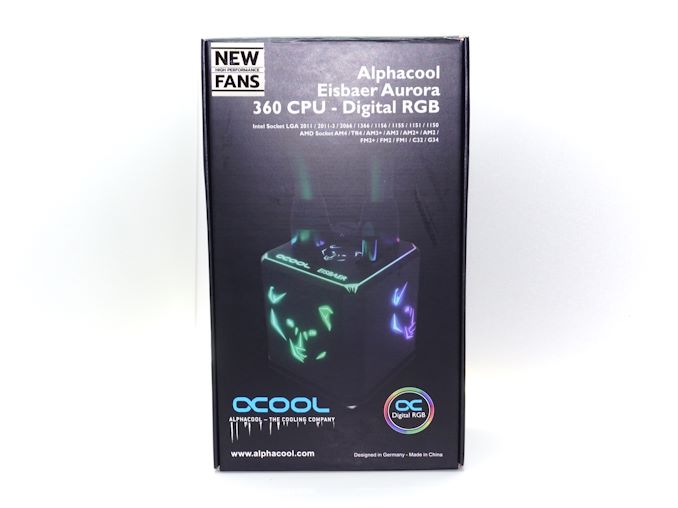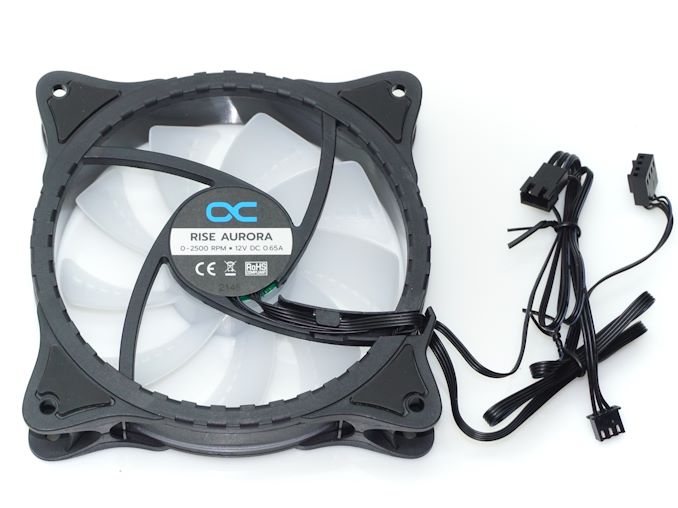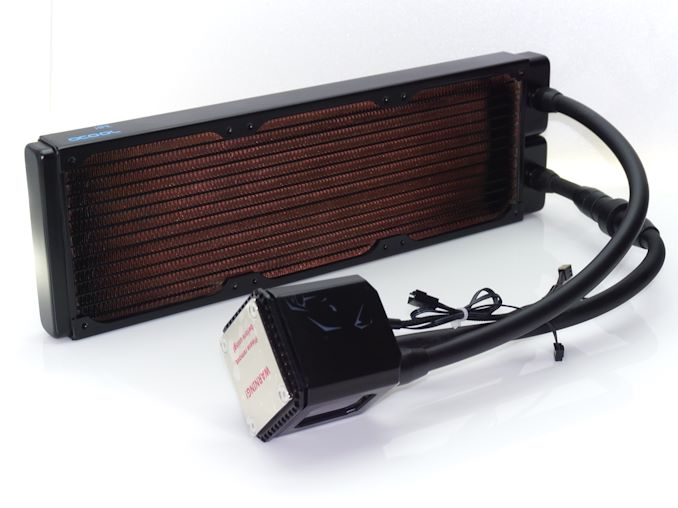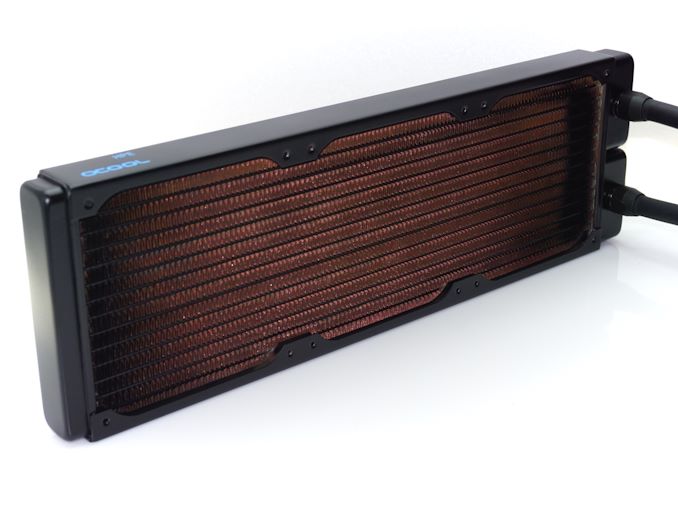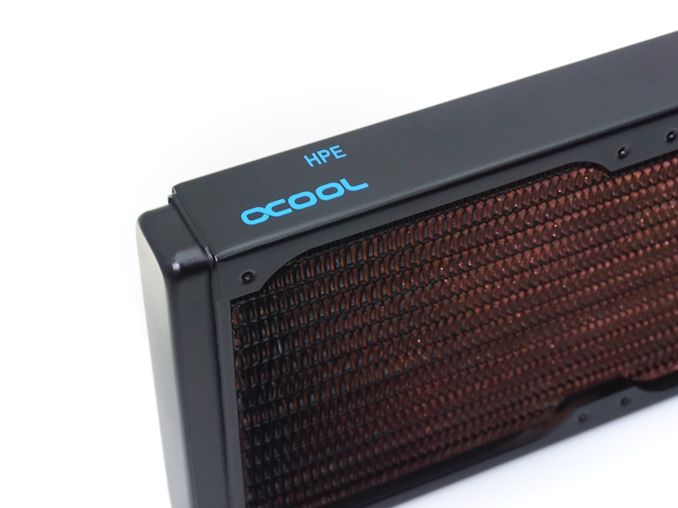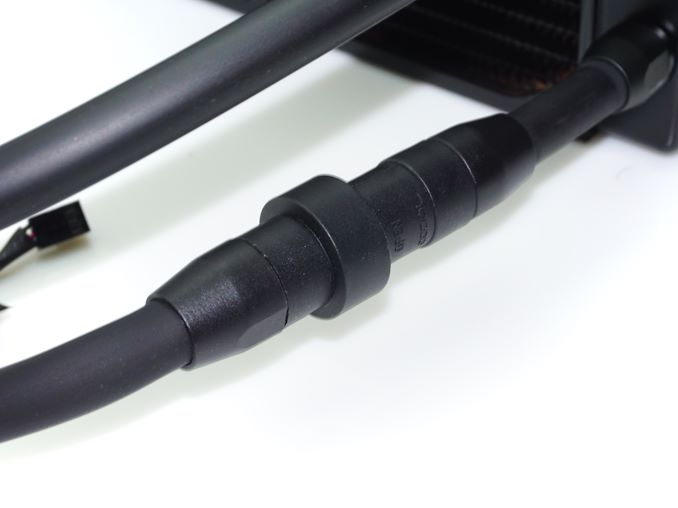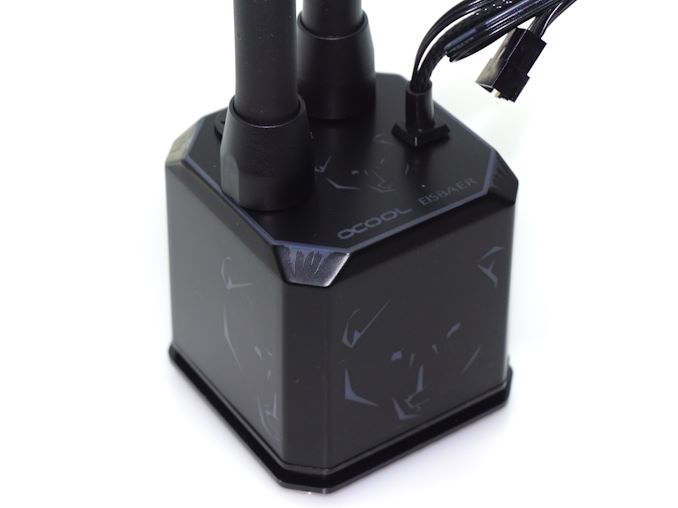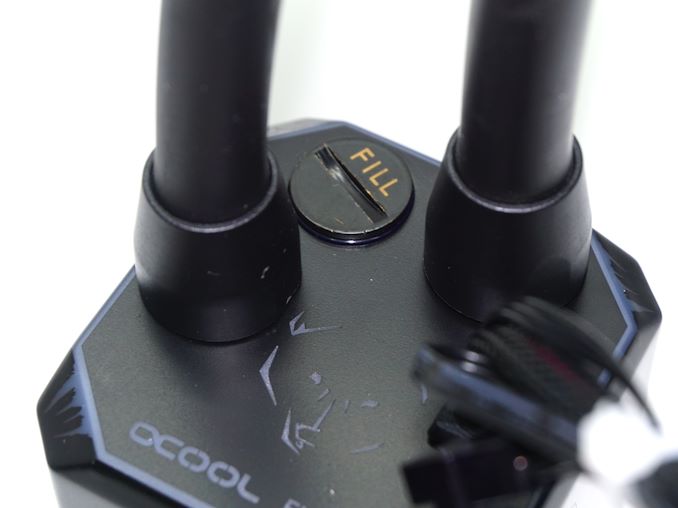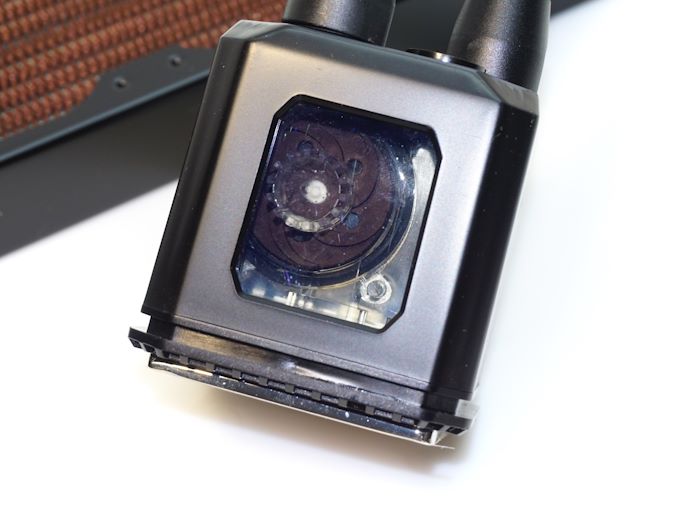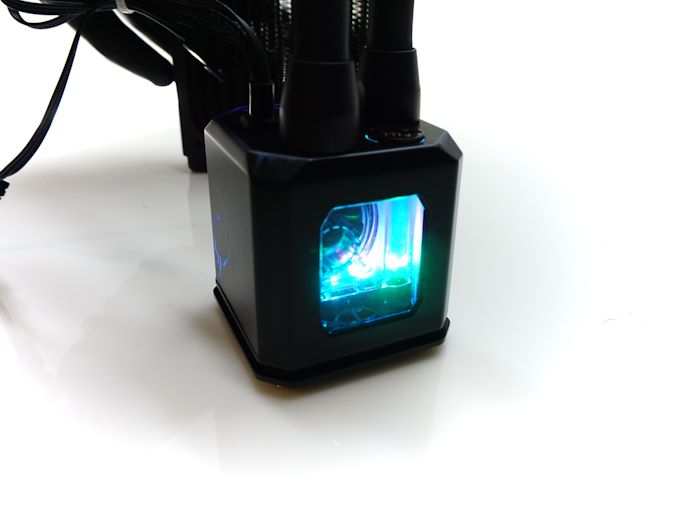- Like
- SHARE
- Digg
- Del
- Tumblr
- VKontakte
- Flattr
- Buffer
- Love This
- Save
- Odnoklassniki
- Meneame
- Blogger
- Amazon
- Yahoo Mail
- Gmail
- AOL
- Newsvine
- HackerNews
- Evernote
- MySpace
- Mail.ru
- Viadeo
- Line
- Comments
- Yummly
- SMS
- Viber
- Telegram
- JOIN
- Skype
- Facebook Messenger
- Kakao
- LiveJournal
- Yammer
- Edgar
- Fintel
- Mix
- Instapaper
- Copy Link
Many businesses devoted to the design and delivery of liquid cooling systems for PCs were established when the trend of liquid cooling emerged in the 1990’s. One of them was Alphacool, a German business that expanded their product lines to include liquid coolers for use in both industrial and medical applications. Using liquid-based cooling systems into a home PC faced very low adoption rates at the time. The complexity of liquid cooling, which necessitates considerable additional effort and user awareness, possibly was the largest drawback of most products available at the time.
Several years later, the first all-in-one (AIO) liquid cooling systems were released into the market. AIO liquid cooling systems were sealed and ready for installation, making them very attractive to people who sought a liquid-based cooler with an air-based cooler's installation convenience and relative safety. However, AIO solutions are relatively inflexible, and some hardly perform better than high end air-based solutions.
A few years ago, we had our first look at Alphacool’s Eisbaer AIO cooler, which was a hybrid between a sealed liquid cooler and a customizable open loop kit. Although the idea of a modular AIO cooler was new even back then, Alphacool’s Eisbaer was well made and performed very well, making it a rather popular product amongst advanced users and enthusiasts. In today’s review, we are taking a look at the new, upgraded version of the Eisbaer, the Eisbaer Aurora. The most noticeable upgrade is the inclusion of RGB lighting, but Alphacool also performed some quality and practicality upgrades over the previous version.
| Alphacool Eisbaer Aurora 360 AIO CPU Cooler Specifications | |||
| Type | All-In One (Expandable) | ||
| Rad Dimensions | 397 x 124 x 30 mm | ||
| Pump Dimensions | 66 x 66 x 69 mm | ||
| Fans | 3 x 120 mm “Eiswind” Fans 800 – 2000 RPM, 61.5 CFM | ||
| RGB | Yes | ||
| Supported Sockets | Intel: LGA1700, LGA1200, LGA1155, LGA1151, LGA1150, LGA2066, LGA2011-0 & LGA2011-3 AMD: AM4, AM2, AM2+, AM3, AM3+, FM1, FM2, FM2+ (backplate required) | ||
| Warranty | 2 Years | ||
| Price | $224 | ||
Packaging & Bundle
The Eisbaer Aurora comes in a dark cardboard box with basic artwork printed on it, focused on a picture of the main block itself. The cooler is well-protected inside a cardboard shell and coated in nylon bags, which offers more than enough shipping protection.
The bundle of the Eisbaer Aurora is frugal, but well-organized. Inside the box, we found only the hardware necessary for the mounting of the cooler and the connection of the fans, as well as installation instructions. The mounting hardware comes in labeled bags and it includes plates for Socket 1700 and TR4 processors.
The Rise Aurora fans are the highlight of the Eisbaer Aurora and perhaps the most important upgrade over the previous version. The obvious upgrade is the inclusion of RGB LED lighting on the hub and frame of the fan. In terms of practical upgrades, the Eiswind fans of the previous version had a maximum top speed of 1700 RPM, whereas the new Rise Aurora fans have a maximum top speed of 2500 RPM and also feature anti-vibration pads.
The Alphacool Eisbaer Aurora 360 CPU Liquid Cooler
Unsurprisingly, the Alphacool Eisbaer Aurora is physically similar to most AIO liquid coolers and, also expectedly, almost identical to the previous Eisbaer version. It looks like any standard AIO liquid cooler, with a radiator and a main block that are connected via two hoses. The major difference that the Alphacool Eisbaer coolers have over the vast majority of AIO liquid coolers on the market is that it is not a sealed kit – the tubing fittings can be undone and there is a connector on one of the hoses. Therefore, although the cooler does come ready for installation out of the box, it actually supports future upgrades by advanced users if deemed necessary.
The radiator of the Eisbaer Aurora may be almost identical visually with the radiators used by many other products. But a closer inspection reveals one major difference: both the channels and fins of the radiator are made out of copper. Alphacool also improved the radiator over the previous version of the Eisbaer by increasing the number of fins and only painting the front side of the radiator’s fins. This way the radiator still looks black (unless observed from the side with a strong light) but also has a much better heat dissipation factor, as the energy does not have to go through the paint to be released to the air. The only issue here is that the higher number of fins suggests higher airflow resistance, and the Rise Aurora fans are not primarily designed with static pressure in mind. The company logo can be seen printed on the sides of the steel frame.
The tubing is another upgrade over the previous version of the Eisbaer. Alphacool used corrugated tubing on the previous version, which is functional and does not kink easily but also is stiff and aesthetically unpleasant. The Eisbaer Aurora has thick rubber (TPV) tubing, which is easy on the eyes and overall better to work with.
The block/pump assembly of the Eisbaer Aurora is tall but not too wide. Much like virtually all pump blocks, it has a plastic body and a copper base. The core difference over nearly every other AIO liquid cooler is that there is a filling port on the top of the assembly, allowing the user to refill and maintain the system. A little window on the side reveals the pump and fluid to the user. This window is not easily visible from the side panel of a case and, even if it was, it is difficult to discern what is going on when the pump is spinning due to its high speed. Nevertheless, Alphacool did install RGB LEDs into the window, as well as on every side of the block, which have the series logo (a bear) etched on them.
Inside the assembly, Alphacool installed one of their own designs that is based on DC-LT Ceramic 12V pumps. It is similar to the design used by the previous series, but the company’s engineers improved it, increasing the maximum flow to 75 l/h (up from 70 l/h) and the head to 0.95 m (up from 0.85 m). Such figures may not be great when compared to large external pumps, yet are impressive for such a small device.
The copper base of the cooler is very smooth and machined down to an amazingly smooth mirror finish. It is coated with an anti-oxidation agent, ensuring it will stay clear even if exposed to the air. The dimensions of the base are just a bit larger than the previous Eisbaer, as Alphacool obviously wanted to cover the latest CPU dies.
The RGBW lighting on the Rise Aurora fans is nothing short of brilliant. There are two rings on the frame, one at the front side of the frame and another one across the middle of it. The hub is also very well and evenly lit. The lighting is untethered from the fan’s engines, meaning that it will not be affected by the speed of the fans and even continue if the fans stop completely. The downside of this design is the number of cables, which can make cable management a bit of a challenge, especially with cases that have little to no room behind the right-side panel.


